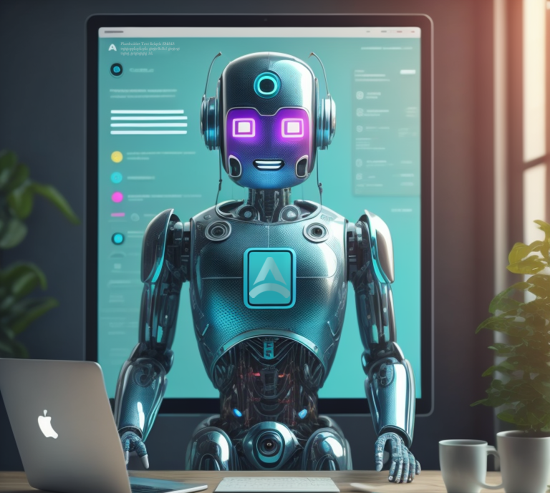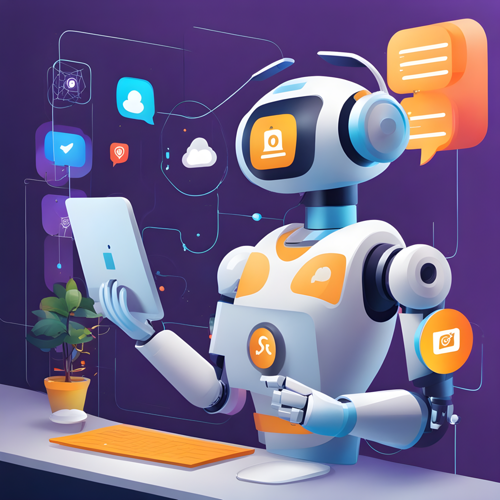Published: Atify admin, Oct 15 2023
The evolution of chatbots: From rules to conversations
The Limitations of Rule-Based Chatbots
Businesses have long recognized the potential of chatbots in customer support operations. However, in the early days, these chatbots were primarily rule-based, relying on exact matches of a question to a rule with limited variations.
Rule-based chatbots were a step in the right direction, automating basic customer support interactions. But those bots faced significant limitations due to their inability to understand the nuances of language and context. Human communication is diverse, with users often phrasing questions in various ways and providing context that rule-based systems couldn't grasp. This limitation resulted in frustrating customer experiences, as users often received irrelevant or incorrect responses.

The Emergence of NLU Technology in Customers Support
Around five years ago, the chatbot landscape began to change dramatically with the advent of Natural Language Understanding (NLU) technology. It allows chatbots to understand the context, intent, and meaning behind user messages, even when phrased differently or within various contexts.
NLU-based chatbots have proven to be significantly more effective in customer support operations. Their ability to understand users enables them to provide more relevant and accurate responses. These chatbots engage with users in a less mechanical, more human-like manner, making the customer support experience more satisfying and efficient. As a result, businesses have been able to drive up customer satisfaction by leveraging NLU-powered chatbots in their support operations.

| The increased utilization of virtual assistants has also been driven by the progressive development of Automatic Speech Recognition (ASR) and Text-to-Speech (TTS) technologies. ASR technology is responsible for converting spoken language into written text, while TTS performs the reverse operation, converting text into spoken language. Nowadays, organizations frequently combine NLU with ASR and TTS technologies, primarily to deploy voice bots. These voice bots are employed to automate not just text-based interactions but also voice-based interactions in business operations. That's why they are becoming very popular in Call Centre environments. Voice bots engage with the audience using voice, spanning various communication channels, such as phone calls, instant messengers, and click-to-call features. |
AI-powered bots in Marketing
The applications of NLU already extend beyond customer support, finding a valuable place in marketing operations. The recent experience shows that AI-powered bots can be more effective in comparison to humans in running pre-sales activities due to much larger volumes of intended audience such solutions can process.

Creating marketing AI models still can be particularly challenging, as it involves understanding and influencing target audience behavior in specific sales domain (which is a complex task even for humans). This is where AI still needs humans' experience and expert assistance to build and continuously improve conversational models.
Personalization is everything
Another significant driving force is the capability to seamlessly integrate bots with databases, enabling them to utilize specific information about individual customers and effectively assist them with personalized issues. This includes addressing queries related to billing statements, product delivery, service utilization and much more… This expansion of chat and voice bots' functionality goes far beyond responding to frequently asked questions, providing substantial added value for companies.

The landscape for AI-powered bots is experiencing a remarkable transformation, and the future appears exceptionally promising. These bots are rapidly evolving, continually increasing their effectiveness in optimizing a wide range of business operations. Simultaneously, the costs associated with their implementation are undergoing a gradual and steady reduction, making the adoption of chat and voice bots a more economically viable option for businesses. This powerful combination of enhanced performance and cost-efficiency is expected to catalyze a surge in the number of companies embracing this technology. As a result, we can anticipate a significant uptick in the adoption of chat and voice bots, leading to improved customer interactions, streamlined processes, and a more competitive edge for forward-thinking organizations and teams.
| Join discussion in Telegram: here... |